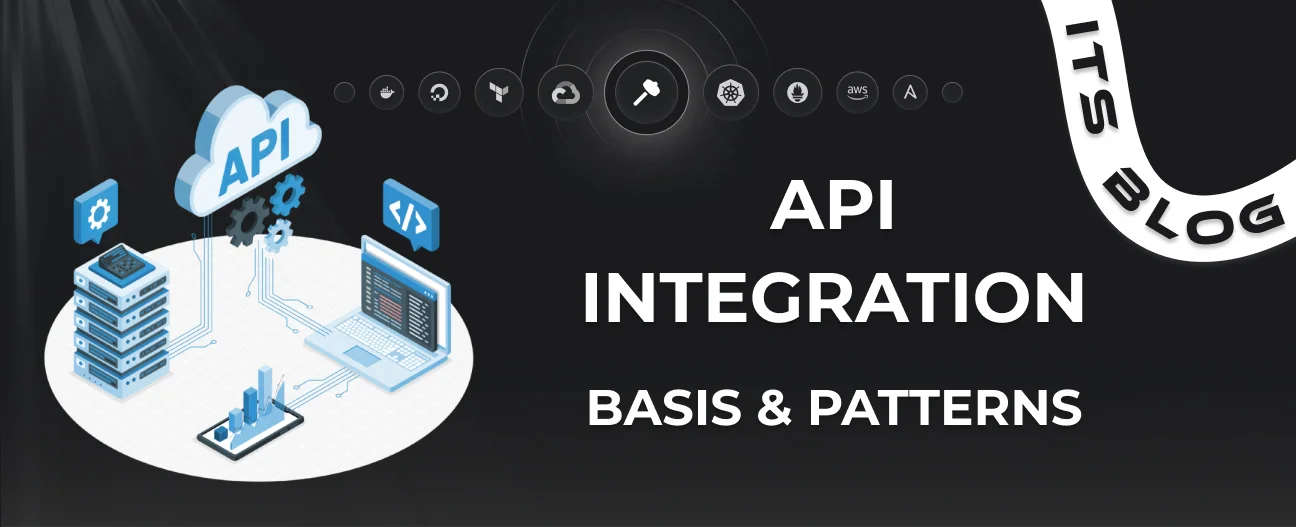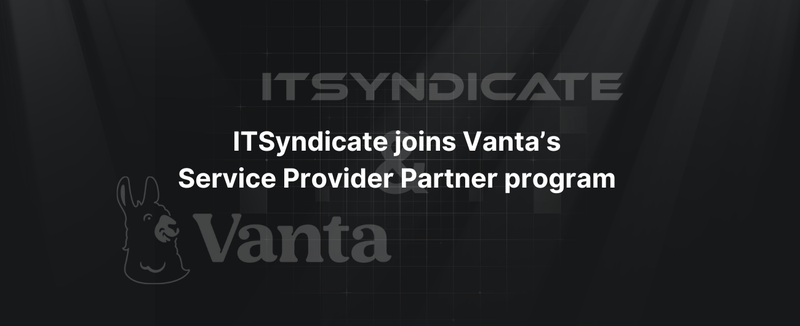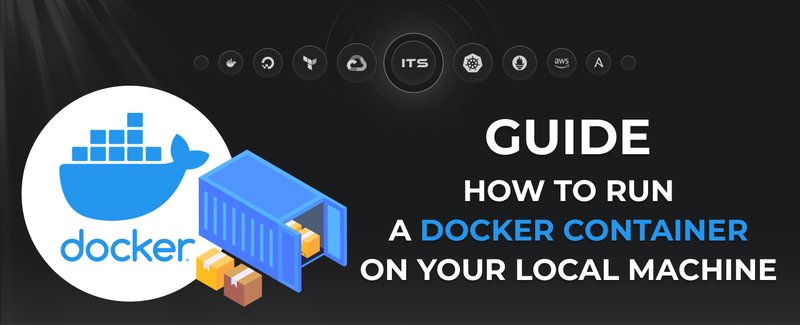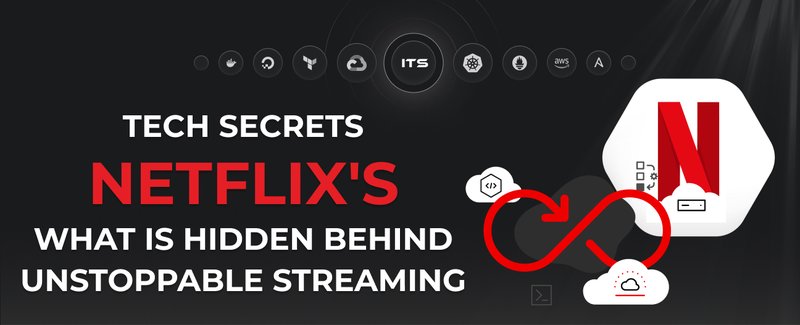It is difficult to imagine modern technology without APIs. Application programming interfaces act as a kind of layer that allows systems to communicate with each other. All this happens through the exchange of data that connects applications, databases, devices, and services. The trend towards interconnected solutions continues to grow, especially for mobile apps, IoT, big data, cloud computing, and databases.
- APIs have revolutionized how software is developed as they allow the creation of modular, scalable, and maintainable systems.
- The majority of modern applications rely on APIs to connect diverse components and services.
- The rise of cloud computing, big data ecosystems, and agile development has made the use of API even more necessary.
By familiarizing yourself with the basic API integration patterns, you can choose a strategy for how to design your software architecture so that it is easy to maintain not only now, but also in the future when the need for scaling may arise.
API Integration Use Cases
1. Web and Mobile Applications
API in web development can be used to access databases, external resources, and cloud services. Mobile applications are relatively less bulky than web applications and access only the necessary data requested through API calls to servers, which imposes less stress on the device’s storage and memory. Imagine a mobile weather app that gets weather updates directly from a third-party service by interacting with an API. There is no need to create a local database or require massive computing power to calculate the weather forecast.
// Simple GET request example using an API in JavaScript to retrieve weather data
const weatherAPIUrl = 'https://api.weather.com/v3/weather/forecast/daily?apiKey=yourAPIKey&location=cityName';
fetch(weatherAPIUrl)
.then(response => response.json())
.then(data => {
console.log('Weather data:', data);
})
.catch(error => console.error('Error fetching weather data:', error));2. Cloud Computing
APIs can also serve as an interface between cloud-based services and applications. In such connections, developers can automate a variety of tasks: provisioning virtual servers, managing databases on the cloud, and orchestrating cloud workloads. AWS provides APIs for users in order to access resources such as Amazon S3 for file storage or AWS Lambda to execute serverless code. Thus, the cloud infrastructure is managed programmatically, and the processes, such as resource scaling and monitoring, are automated.
# Example Python script using AWS SDK (Boto3) to interact with AWS S3
# Initialize a session using Amazon S3
s3 = boto3.client('s3')
# List all buckets
response = s3.list_buckets()
for bucket in response['Buckets']:
print(f'Bucket Name: {bucket["Name"]}')3. Big Data
APIs are used in storage systems and applications to process data in big data ecosystems. They facilitate the creation of data pipelines that extract varied data from multiple sources, process, and store it in one location for analysis. Apache Kafka, for instance, provides the APIs to connect data streaming systems, and so enabling companies to process high loads of real-time data from different sources.
// Example of a simple Kafka producer in Java to send messages
import org.apache.kafka.clients.producer.KafkaProducer;
import org.apache.kafka.clients.producer.ProducerRecord;
import java.util.Properties;
public class KafkaExample {
public static void main(String[] args) {
Properties properties = new Properties();
properties.put("bootstrap.servers", "localhost:9092");
properties.put("key.serializer", "org.apache.kafka.common.serialization.StringSerializer");
properties.put("value.serializer", "org.apache.kafka.common.serialization.StringSerializer");
KafkaProducer<String, String> producer = new KafkaProducer<>(properties);
producer.send(new ProducerRecord<>("my_topic", "key", "value"));
producer.close();
}
}4. IoT
IoT devices produce plenty of data to be transferred, processed, and acted on. APIs help provide a channel for communication between sensors, IoT devices, and central systems. For example, a smart thermostat in a home connects with a mobile application via API and transmits the temperature data to the cloud. An app could control the thermostat remotely, retrieve statistics of energy usage, and adjust settings based on user preferences.
# Example of Python code using Flask to expose IoT device data via an API
from flask import Flask, jsonify
app = Flask(__name__)
# Example of a smart thermostat API endpoint
@app.route('/get_temperature', methods=['GET'])
def get_temperature():
# In reality, this value would come from a sensor
temperature = 22 # Celsius
return jsonify({'temperature': temperature})
if __name__ == '__main__':
app.run(debug=True)API Types
When choosing a pattern for your future API integration, it is important first to understand the different types of APIs that are commonly used in development:
RESTful APIs
REST, referring to Representational State Transfer, is the most widely used type of API. The basic characteristic is that RESTful APIs use standard HTTP methods (GET, POST, PUT, and DELETE) to manipulate resources that come in JSON format. REST APIs are simple, flexible, and scalable; hence, they fit mobile, web, and cloud applications. As an example, an e-commerce website may use REST APIs to talk to an inventory database in order to check stock levels or submit new orders.
# Example of a RESTful API request using curl to get inventory details
curl -X GET "https://api.ecommerce.com/products/1234" -H "Authorization: Bearer yourAPIKey"SOAP APIs
The Simple Object Access Protocol APIs are more rigid and formal compared to REST. They normally use XML for data representation. Due to the rigidity, their applicability in an enterprise environment is quite widespread. This is given that large-scale applications in the industry demand stringent security, formal messaging as well as transaction integrity. For software products in the healthcare sector, SOAP APIs are often used to ensure transactions comply with laws and regulations such as HIPAA.
GraphQL
The GraphQL API query language allows clients to request only the data they need (rather than receive a fixed response), reducing the amount of data transmitted over the network. That is the reason why GraphQL is often chosen for mobile and web applications where performance is critical. Imagine a social media app requesting the profile data of a user through GraphQL, returning just those fields actually needed, like name, age, and profile picture.
gRPC
gRPC or Google Remote Procedure Calls is a language-independent RPC framework used for communication between microservices. gRPC is a bidirectional streaming protocol and uses protocol buffers to serialize data. gRPC is often used in the financial industry for real-time streaming or order execution between microservices that handle trading orders and market data.
Integration Patterns
Below, we will describe several integration patterns that are often used by developers, especially DevOps teams, in the process of automating and optimizing workflows.
Request-Response Pattern
This is one of the most popular API integration patterns. In this pattern, the client sends requests to the server. While the client waits for a response, the server processes the request and returns data accordingly. A classic example is when a web application requests user data from a backend service. This pattern is most often used in RESTful APIs, where each interaction follows a specific protocol (e.g. GET, POST).
Event-Driven Pattern
The pattern is often used in situations where communication happens in real-time. Instead of constantly requesting data, systems will use webhooks to push notifications to clients whenever an event occurs. An example would be a payment gateway that notifies an online store when a payment has been made. Since the model is of an asynchronous nature, it will reduce the load on the client and the server, which has proved to be more efficient in many use cases.
Batch Processing Pattern
When handling large datasets, the batch processing pattern helps by consolidating multiple data points into one single request. This reduces network load and improves processing, especially when dealing with big data or complex tasks. For example, a system processes daily logs by submitting them in bulk to a data warehouse.
Polling Pattern
This pattern is used when immediate updates are not necessary. In this pattern, the client periodically checks the server for new data at regular intervals. This is less efficient compared to event-driven systems but is nonetheless widely used in systems where real-time updates are not needed. A good example could be a task management application that regularly checks for newly assigned tasks for a user.
Facade Pattern
The facade pattern simplifies handling complex APIs by providing a unified interface. This is especially useful when multiple APIs or systems need to be integrated, allowing developers to interact with them via a simplified, single-entry point. For example, a service platform offers a single API that interacts with payment processing, data storage, and user authentication systems.
Understanding Authentication, SDKs, and Webhooks
Authentication
Authentication is a key element of API integration because it ensures secure data exchange between systems. Common authentications include OAuth tokens, API keys, and JSON web tokens. Each type has a different level of security.
Software Development Kits
SDKs offer developers a prebuilt library or set of tools to interact with APIs more easily. They often contain code samples, documentation, and utilities that simplify integration with complex systems. Being very useful when APIs belong to third-party services, they abstract much of the low-level coding required to deal with APIs. SDKs provide an out-of-the-box interface for integrations with cloud services (like AWS or Google Cloud). This saves developers from having to write API requests and analyze responses manually.
# Example of using AWS SDK (Boto3) to interact with S3 and upload a file
import boto3
# Initialize a session using Amazon S3
s3 = boto3.client('s3')
# Upload a file to S3
s3.upload_file('localfile.txt', 'my-bucket', 'remote-file.txt')Webhooks
Webhooks are user-defined HTTP callbacks through which systems send data in real-time to other systems based on events happening. While usual APIs require clients to poll for the data, webhooks, in contrast repeatedly, would push data immediately to a destination system when an event occurs. Webhooks form the basis of event-driven architectures. An e-commerce website, for example, can use webhooks to call a third-party application every time it receives a new order, triggering a specific action, say inventory update or sending a confirmation email:
{
"event": "order_placed",
"order_id": "12345",
"total_amount": 150.00,
"status": "pending"
}The receiver would then handle this event, e.g., by updating order status or triggering additional workflows.
Key Takeaways
- APIs are key in enabling uninterrupted communication across modern systems, such as mobile, web, cloud, IoT, and big data.
- To get started, one needs to understand the basics of API integration - these are types, use cases, and components such as SDKs and webhooks.
- Getting to know API integration patterns, such as request-response, event-driven, and batch processing, will allow you to choose a strategy for efficient data exchange between systems.
- SDKs ease API integrations with their prebuilt libraries, while webhooks enable the sharing of events in real-time.
- Authentication mechanisms such as OAuth and JWT are crucial for making API communications secure and keeping data private.
Docker commands and Dockerfile usage for running containers on a local machine
Docker commands and Dockerfile usage for running containers on a local machine
Netflix tech stack for powering streaming backend and cloud solutions





